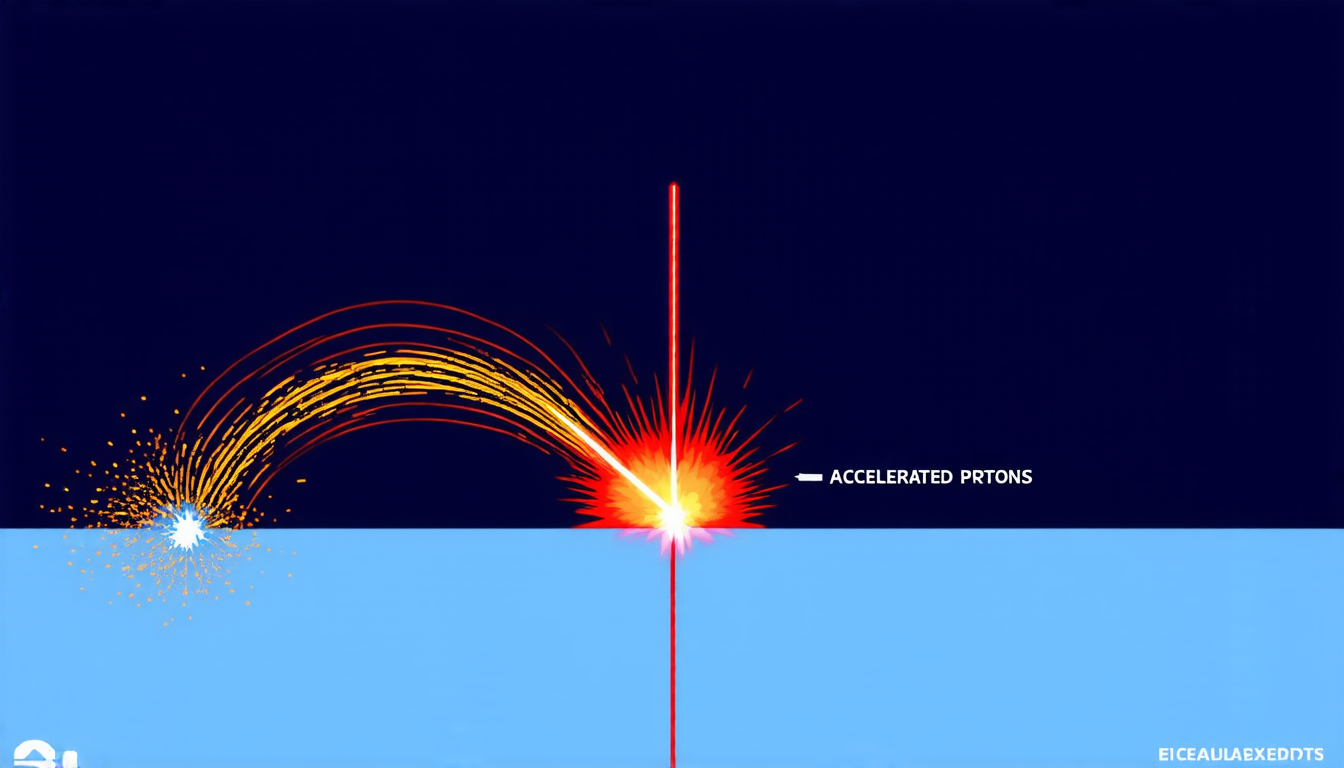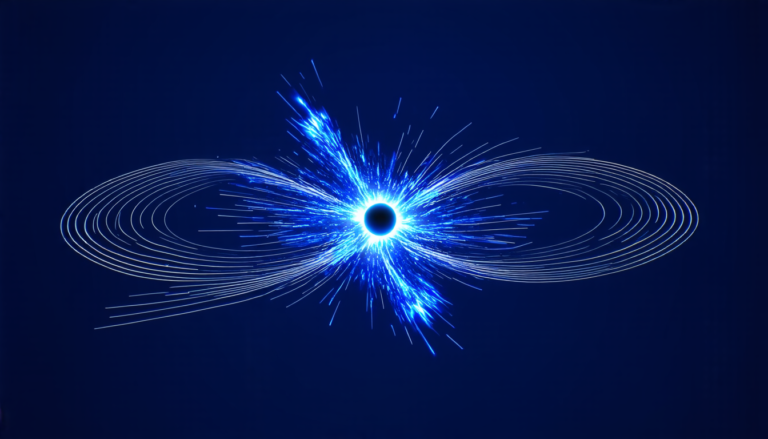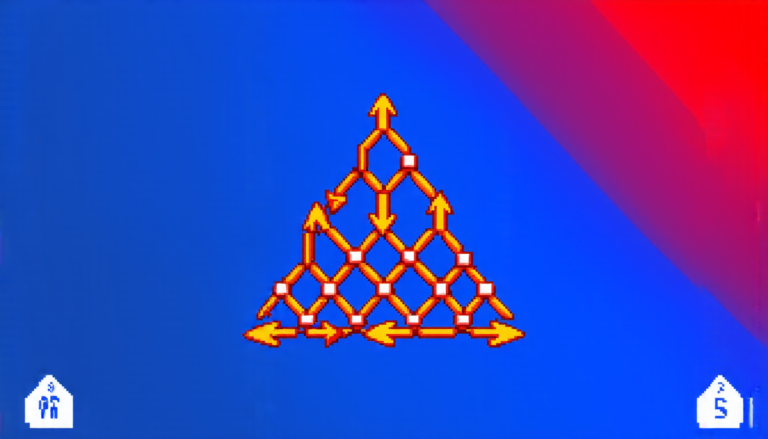Thursday 10 April 2025
Scientists have long been fascinated by the potential of laser technology to accelerate particles to incredible speeds, and a recent breakthrough has brought us closer than ever to harnessing this power. By using an ultra-intense petawatt laser pulse to create a bubble-like plasma wave in a pre-polarized hydrogen halide gas jet, researchers have successfully generated polarized proton beams with energies of hundreds of MeV.
The process begins when the laser pulse interacts with the gas jet, creating a highly nonlinear plasma wave that accelerates background protons to incredibly high speeds. Some of these accelerated protons are then trapped by the acceleration field at the rear side of the target, resulting in the production of energetic polarized proton beams.
One of the key challenges facing researchers has been the need to create a stable and controlled environment for particle acceleration. In this study, the team used a specially designed gas jet nozzle to produce a supersonic flow of hydrogen halide gas, which helped to stabilize the plasma wave and improve the efficiency of the acceleration process.
The resulting proton beams are highly polarized, meaning that they have a significant spin alignment, which is essential for many applications in physics and materials science. For example, these beams could be used to study the properties of matter under extreme conditions or to accelerate other particles such as electrons.
In addition to their scientific significance, these results also have important implications for the development of advanced particle accelerators. By understanding how to create and control polarized proton beams, researchers can develop new technologies that could revolutionize our ability to study the fundamental nature of matter and energy.
The team’s findings were published in a recent issue of Physical Review Letters and have been hailed as an important step forward in the field of laser-driven particle acceleration. As researchers continue to refine their techniques and push the boundaries of what is possible, we can expect even more exciting breakthroughs in the years to come.
Cite this article: “Unlocking the Secrets of Polarized Proton Beams: A Breakthrough in Laser-Driven Plasma Acceleration”, The Science Archive, 2025.
Laser Technology, Particle Acceleration, Polarized Proton Beams, Plasma Wave, Gas Jet Nozzle, Supersonic Flow, Hydrogen Halide Gas, Nonlinear Plasma, Spin Alignment, Physical Review Letters







